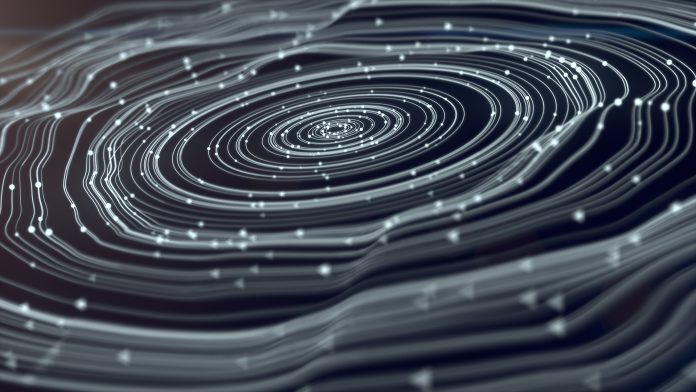A team of scientist from the Jodrell Bank Observatory have investigated one of the greatest mysteries known to astronomers, an object known as a repeating fast radio burst.
An international team of researchers has been collecting data on repeating fast radio burst using the Lovell Telescope. The team were able to discover 32 fast radio bursts during the campaign, each of which emitted very short bright radio pulses.
Dr Kaustubh Rajwade of the University of Manchester, who led the new research, said: “This is an exciting result as it is only the second system where we believe we see this modulation in burst activity. Detecting a periodicity provides an important constraint on the origin of the bursts and the activity cycles could argue against a precessing neutron star.”
What is the significance of fast radio bursts?
The existence of these bursts was discovered in 2007. They were initially thought to be one-off events related to a cataclysmic event such as an exploding star. Later fast radio burst 121102, originally discovered in 2012, was seen to repeat in 2016. Until this new research, scientists did not recognise these bursts as organised in a regular pattern.
The bright radio pulses emitted by a repeating fast radio burst, known as 121102, follows a cyclic pattern. The research team found that these radio bursts were observed in a window lasting approximately 90 days followed by a silent period of 67 days. The same behaviour then repeats every 157 days.
This new discovery could help identify the origin of these enigmatic fast radio bursts. The presence of a regular sequence in the burst activity could imply that the powerful bursts are linked to the orbital motion of a massive star, a neutron star, or a black hole.
Repeating fast radio bursts could be explained by the precession of the magnetic axis of a highly magnetised neutron star. However, data scientists believe it may be hard to explain a 157-day precession period given the large magnetic fields expected in these stars.
Surprising results from the CHIME telescope
In their new paper published in Royal Astronomical Society, the international team confirm that 121102 is the second repeating source of fast radio bursts to display such periodic activity. The timescale for this cycle is almost ten times longer than the 16-day periodicity exhibited by the first repeating source, FRB 180916.J10158+56, which was recently discovered by the CHIME telescope in Canada.
Professor Benjamin Stappers, who leads the MeerTRAP project to hunt for fast radio bursts using the MeerKAT telescope in South Africa said: “This result relied on the regular monitoring possible with the Lovell Telescope, and non-detections were just as important as the detections.”
“This exciting discovery highlights how little we know about the origin of fast radio bursts. Further observations of a larger number of fast radio bursts will be needed in order to obtain a clearer picture about these periodic sources and elucidate their origin,” says Duncan Lorimer, Associate Dean for Research at West Virginia University and developer of the data analysis technique that led to the discovery.









